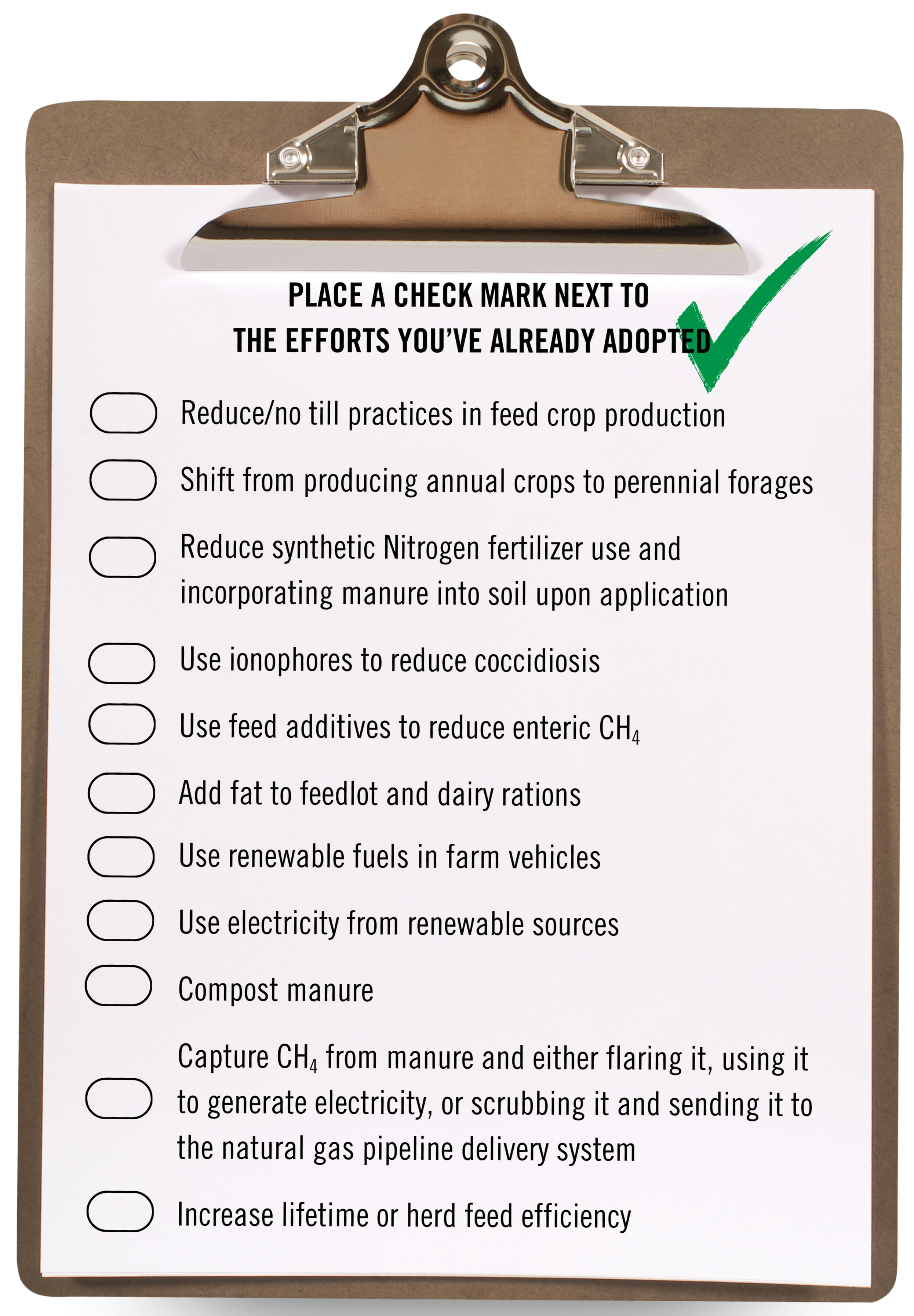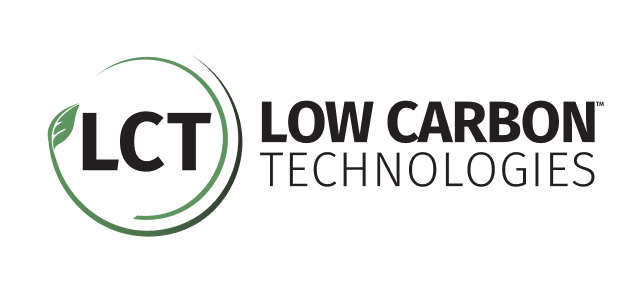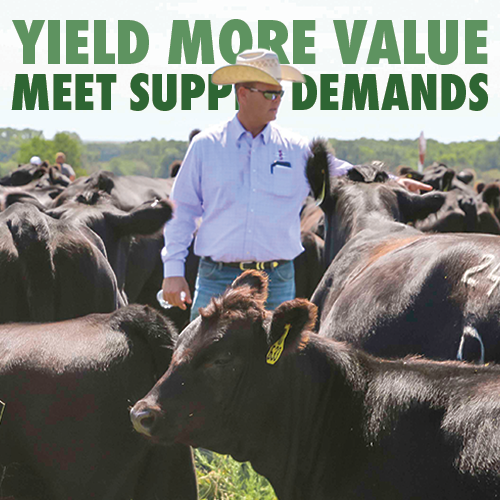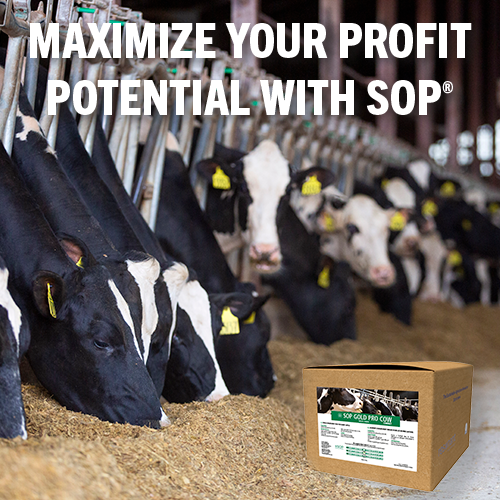Could a Tool to Measure Progress Create Financial Opportunities for Farmers?
By: Joanne Knapp, Ph.D. PAS, Chief Sustainability Officer, Low Carbon TechnologieS
Sustainability is no longer just a buzzword - it’s a driving force in today’s marketplace. Consumers are increasingly prioritizing environmentally responsible food choices and are willing to pay more for products that align with their values. For dairy producers, the key to unlocking incremental value lies in measurement. By tracking and documenting progress, producers can turn their stewardship into market advantage. Low Carbon Technologies’ (LCT) life cycle assessment measures greenhouse gas emissions from beef and dairy production, validating sustainability efforts and creating new opportunities for supply chain revenue.
LCT is the sustainability division of Select Sires Inc. Cattle with a carbon footprint at least 10% lower than the U.S. industry average qualify for LCT’s USDA Process Verified Program. This reduction threshold, defined in the USDA PVP, serves as a credible benchmark for identifying practices that significantly reduce greenhouse gas emissions (GHG) in cattle production. Beef products meeting this standard can be marketed under LCT’s consumer-facing brand Certified Sustainable, which provides differentiation in the marketplace and adds value throughout the supply chain. LCT has recently advanced a comparable framework for the dairy sector.
Keeping pace with where commercialization is emerging in agriculture, LCT is also exploring partnerships to help beef and dairy operations generate and sell carbon credits by measuring and verifying their reduced carbon footprints. These credits can then be purchased by companies in sectors like manufacturing and energy, which are actively seeking ways to offset their emissions and meet sustainability targets. This presents a significant and unique opportunity for producers to gain financial value from their environmental efforts.
Understanding the sustainability sector
Over the past 80 years, the carbon footprint of U.S. dairy has decreased by 63%.1 Before Holstein steers and beef on dairy cross calves became a significant portion of beef production, the carbon footprint in U.S. beef decreased 16% over a 30-year period.2 From a national and consumer perspective, the carbon footprints of beef and dairy production are now intertwined. As LCT works to create tools and opportunities that connect consumer demand with farmer incentives, understanding this landscape and the common terms is helpful.
What is a carbon footprint?
It is a measure that combines the emissions of major greenhouse gases. In agriculture there are three major greenhouse gases: carbon dioxide (CO2) from fossil fuel use, methane (CH4) and nitrous oxide (NO2).
CO2: CO2 that cattle breathe out is not included, as it arises from CO2 that was fixed by plants in feed production and is part of the biogenic carbon cycle with a net zero balance. Only CO2 from fossil fuels is considered in a carbon footprint.
CH4: CH4 arises from microbial fermentation in the digestive process (enteric CH4) and manure.
NO2: NO2 arises from manure and use of synthetic nitrogen fertilizer.
Livestock agriculture contributes approximately 5% to the U.S. national inventory of anthropogenic GHG emissions. All of the gases are measured on a common basis of CO2e (carbon dioxide equivalents) that weights CH4 and NO2 more heavily because of their greater potential for warming as greenhouse gases compared to CO2.
As LCT develops tools that measure carbon reduction, dairy and beef producers will want to investigate ways to lower their GHG emissions. Fortunately, there are many options for reducing carbon footprint and many farmers are already leveraging these practices and tools.

How can dairy and beef producers increase lifetime value or herd feed efficiency?
- By reducing disease and mortality
- Improve digestibility
- Increasing gain:feed and milk yield:feed
- Reducing age-at-first calving for dairy replacement heifers and age-at-harvest for beef cattle
- Reducing the number of replacement heifers in the herd
Sources: Complete references available on the back cover of this publication. 1Capper and Cady 2020 2Capper, 2007



